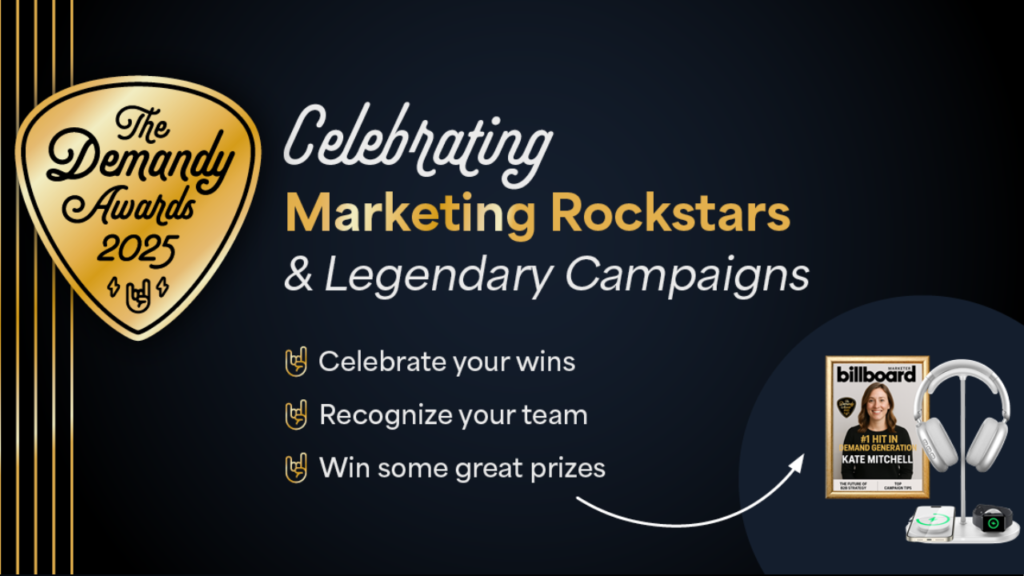Building a community is one thing, but knowing whether it’s working is another. Now that you know what a community is and how to create one, we’ll dive deeper into how to measure a community’s success.
The SPACES Model for Setting SMART Business Goals
In David Spinks’s book, The Business of Belonging: How to Make Community Your Competitive Advantage, he describes the SPACES model as a starting point for setting business and community goals that reinforce one another and are specific, measurable, achievable, relevant, and time-specific (SMART).
The types of outcomes include: support, product, acquisition, contribution, engagement, and success.
Support
If improving customer satisfaction is the desired business outcome, your community strategy and tactics should be set up in a way that supports this goal. Your community will likely follow a self-service model that empowers users to get answers to common questions in a forum setup. Those who have highly unusual or technical questions can be directed to your company’s in-house support staff.
A business outcome that pertains to customer support and satisfaction would be, for example, to reduce the number of inbound requests to in-house support staff by 50% within the first year of the support-oriented community launch.
By cutting inbound questions by half, a company can further strive for and measure customer satisfaction for more technical questions that get passed on to in-house customer support. A way to measure this would be through post-interaction surveys or follow-up phone calls.
Product
A product-based goal supports in-house research and development initiatives by focusing on improving the product or service. Create a space, event, or contest that allows your company to monitor how customers talk about and use your product or service, as conversations and user-generated content spark ideas for product innovation.
For example, a business may aim to add two new features to its software within the first year of actively scanning for and responding to customer feedback and dialogues happening within the category more broadly.
To support this business goal, a dedicated team of in-house staff members may strive to collect insights across three major industry review sites and respond to 75% of comments or questions in the first six months — with at least 10% of those comments being converted to actionable plans for product improvements in the next six months.
Ideally your company has its own platform to acquire these insights, but if not, a tool like SEMrush Brand Monitoring helps monitor audience perceptions of your product, service, or brand.
Acquisition
Getting more customers or a bigger share of voice in the market are examples of acquisition-based goals. Here, the community enhances in-house sales and marketing functions to generate and qualify leads.
A community, through content or events, increases awareness of your brand, helps determine what problems members are looking to solve, and gauges their readiness to buy.
An acquisition-based goal could be to get 75% more traffic to your company’s landing page, generating a 30% increase in white paper downloads within 18 months of launching a regional in-person industry event. The community goal that supports this business goal would be, for example, to achieve an attendance rate of at least 75% for 500 targeted invitees.
Read more: How to Write Effective Landing Page Copy That Gets You More Leads
Contribution
A business outcome for the community might be based on member contributions and collaborative potential. Spinks notes that this is a common type of business goal “for companies whose core offering is a community, or is inherently social.”
WordPress, for example, is an open-source publishing platform that thrives on sharing and collaboration. This empowers users to create better websites that suit their unique needs.
A community should be set up to garner contributions, for instance, by highlighting customers that use the product in interesting ways and inspiring others to do the same. A business goal may be to collect at least one quality contribution per month within the company-owned forum. A quality contribution might have the most upvotes, or any other other metric you choose.
Your company could also set up a hackathon event where customers use your product to voluntarily crowdsource talent around your product to do good in the community. A software company may, for example, organize a build event with at least 400 volunteers whose work benefits 25 non-profit organizations over the course of 48 hours.
Engagement
An engagement-centric business outcome focuses on current customers to strive for better customer retention and long-term loyalty. Spinks notes that the key to measuring success of engagement is to allow community data to inform data on current customers.
Whichever company-owned community platform you choose, it needs to integrate with your customer relationship management (CRM) system. This way, you can trace the community’s impact on the company by identifying correlations between the community and repeat buyers.
As an example, the business goal of reducing churn by 10% and boosting contract renewals by 25% within one year is supported by sending exclusive content about new product releases to customers who have worked with your company for at least six months.
The community impact will become clear by measuring what percentage of those exclusive recipients remain clients when it comes time to decide on renewing their contract with your company.
Read more: How to Use CRM for Customer Engagement
Success
A success-oriented goal seeks to empower community members to be successful in their careers and help others do the same via mentoring, instructing, sharing resources, etc. LinkedIn is an example of a product that is inherently a community that thrives on user contribution. Thought leaders in different industries regularly contribute content in the form of videos, articles, or posts that provide users value by helping them advance in their own careers.
It’s possible to measure the reach of your most knowledgeable users and the impact of their mentorship of others by tracking how many people consume their content and what percentage of those mentees buy, renew, or upgrade your product or service.
Read more: 3 Ways to Leverage Community-Based Marketing on LinkedIn
Community Is One of Many Touchpoints in the Buyer’s Journey
Spinks recommends focusing on one or two of these key business outcomes. Trying to accomplish too much takes away from the community’s uniqueness and effectiveness, setting it up for failure. Many of these goal types easily overlap and lend themselves to a natural pairing with your company’s own vision and strengths.
As Spinks notes, it’s difficult to ascertain with certainty a direct causal relationship between any company efforts and resulting revenue. In any case, think of community as one of multiple touchpoints for the customer. Community may not seal their decision to buy, but it plays a role somewhere in the buyer’s journey.
With a solid understanding of what a community is, how it benefits your company, a strategy for building a community, and measuring its impact on business goals, you’re ready to pitch your community engagement plan to the CEO.
Read next: Do Your Current Marketing KPIs Actually Mean Anything?





